Leprosy in South Asia

Leprosy in South Asia
Among the poorest are people who suffer with a horrible disease called Leprosy. There is still a great deal of fear and ignorance about Leprosy. Those discovered with it are often rejected by family and society and end up living in horrible poverty, rejected by all and reduced to surviving by begging.
When American Educational Development became aware of Leprosy’s existence in South Asia, we discovered large groups of people with bodies mangled by the disease and barely existing. People that become disenfranchised from their society due to fear and a misunderstanding of the disease. We typically begin with giving food and clothing to build trusting relationships which often grow into allowing us to provide access to clean drinking water, and finding other dignified ways to help them survive without having to beg. AED continues to give food and clothing while focusing on sustainable projects, such as clean water deep bore wells and the planting of crops geared to provide long-term revenue to those afflicted directly or indirectly with Leprosy.
What Is Leprosy?
Leprosy (also known as Hansen’s Disease) is caused by a slow growing type of bacteria, “Mycobacterium Leprae.” Leprosy is an acquired infectious disease involving the skin and nerves of infected individuals. Pale patches on the skin are usually the first sign of the disease – they are painless and do not itch, so are often ignored by the patient. It is not highly contagious and does not cause limbs to fall off.
In the past, nerve damage and other complications occurred as the disease progressed. The numbness and lack of feeling in the limbs often led to festering wounds on the hands and feet, and then to the characteristic deformities of the face and limbs. In many communities this led to stigma towards those affected and their families, causing them to be shunned and even excluded from everyday life.
Fortunately, antibiotics can now quickly kill the bacteria (germs) that cause Leprosy, so the disease can be completely cured with a few months of treatment. If this is started at an early stage, most patients need never suffer the terrible complications which used to be common. Nerve damage does still occur in some patients, but it can often be reversed with other medical treatment. When it cannot be reversed and the person remains with some disability, there are many different strategies of rehabilitation to help them live as normal a life as possible.
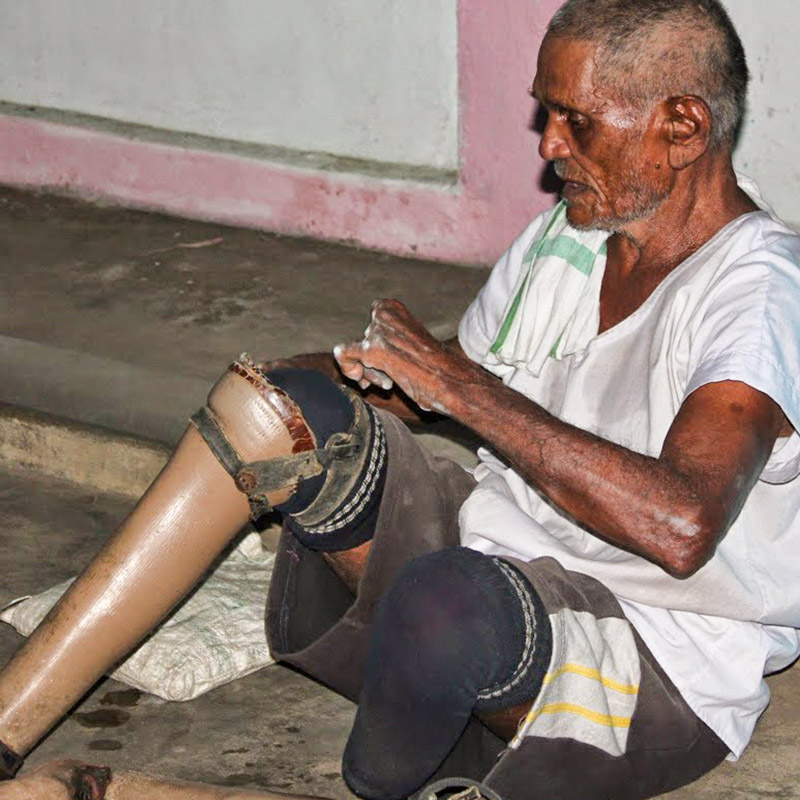
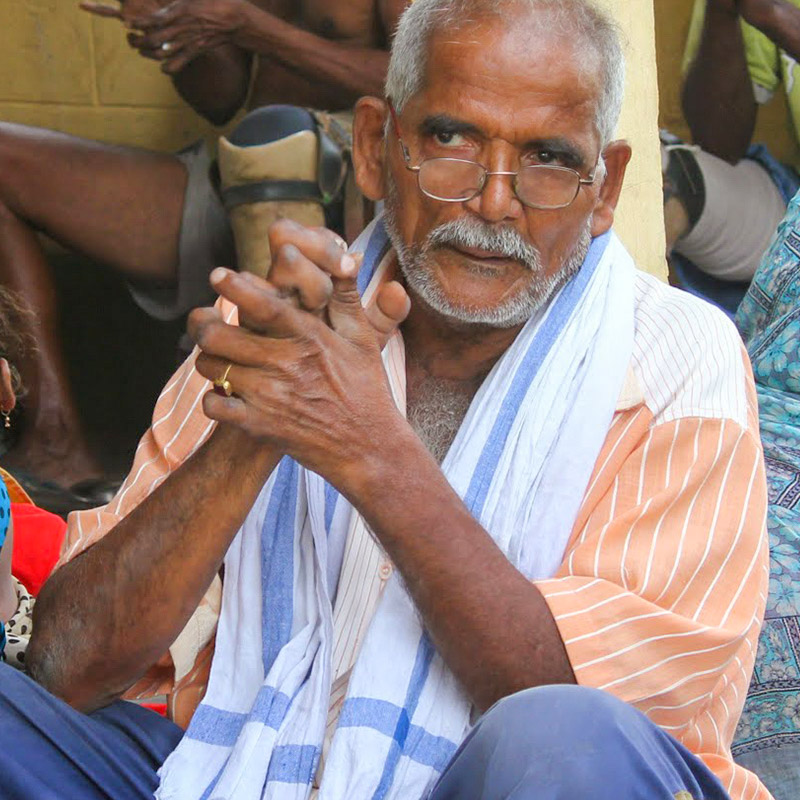
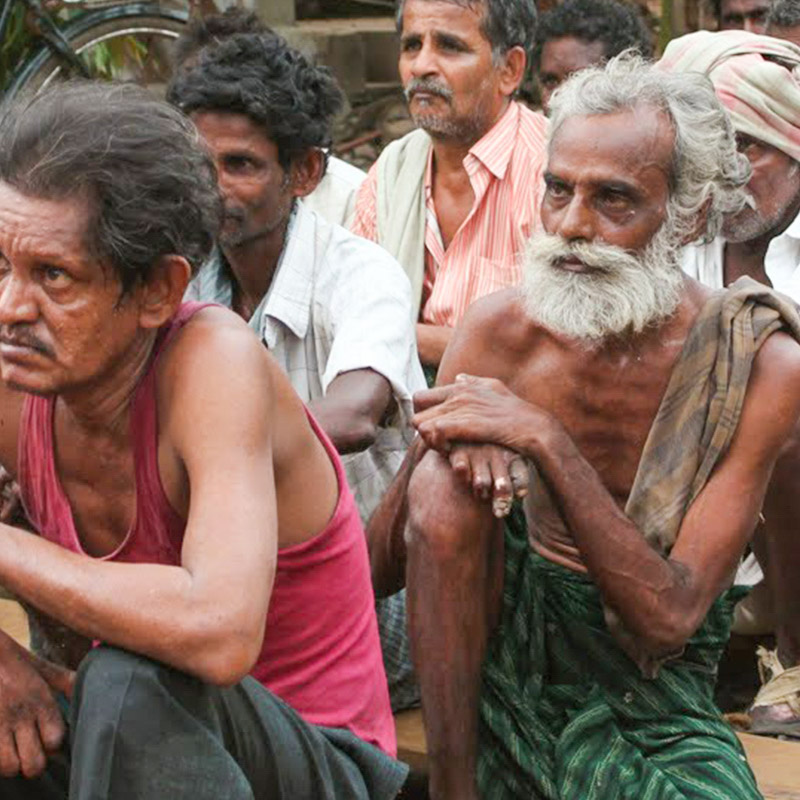
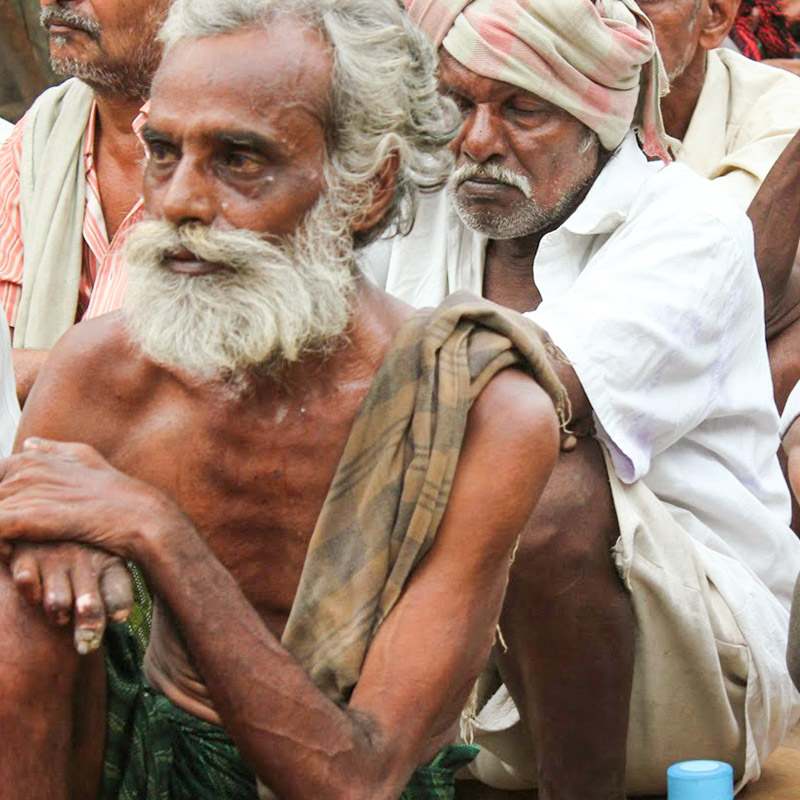
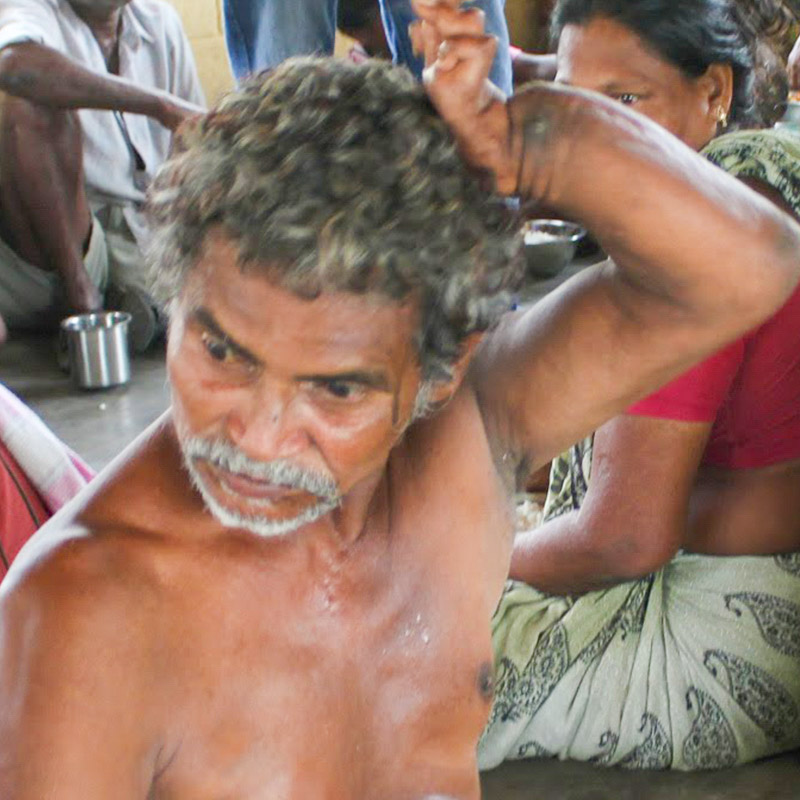
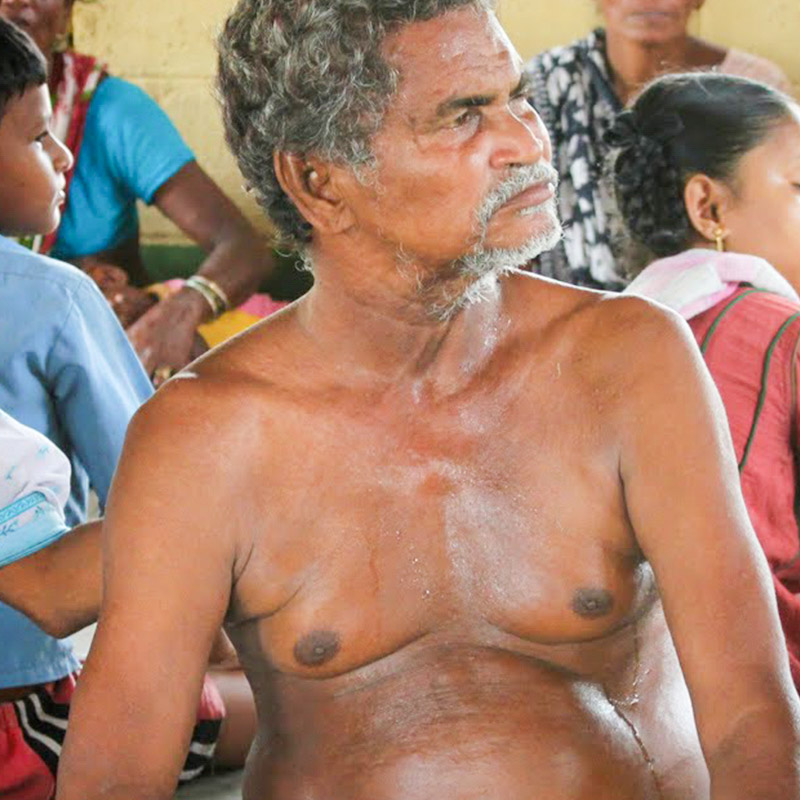
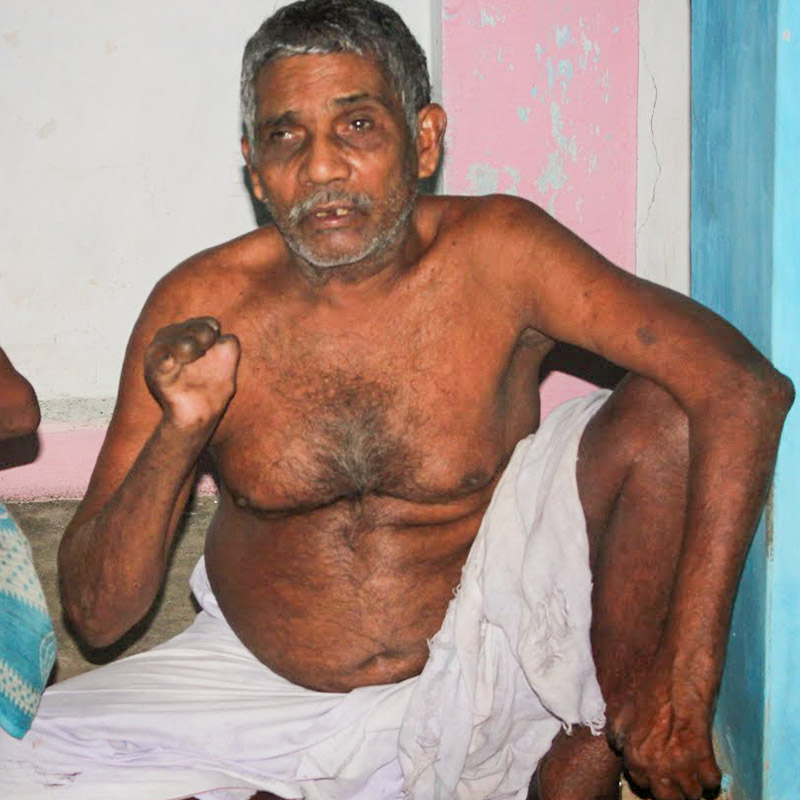
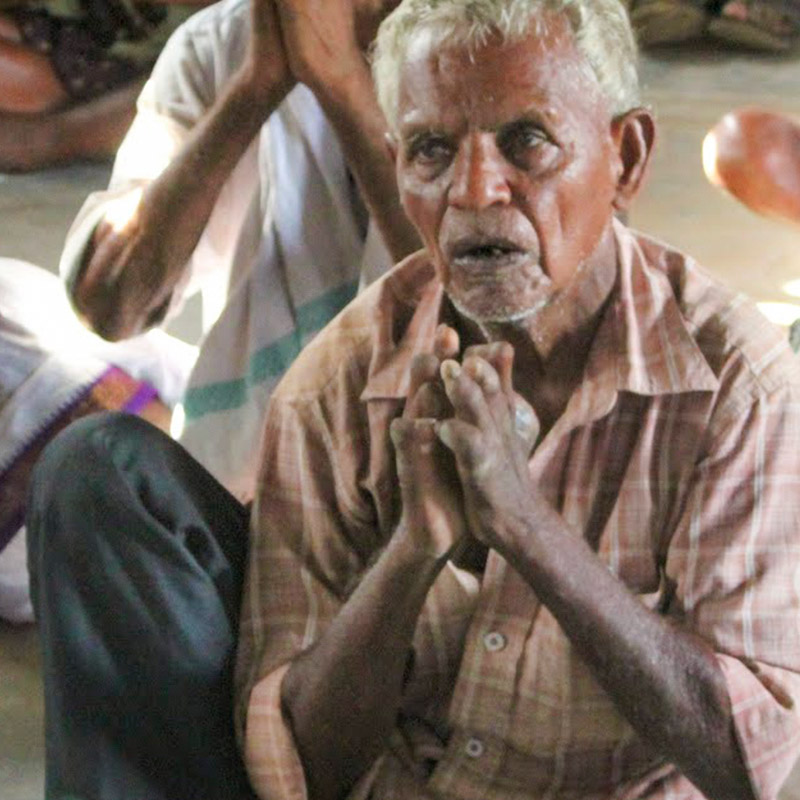
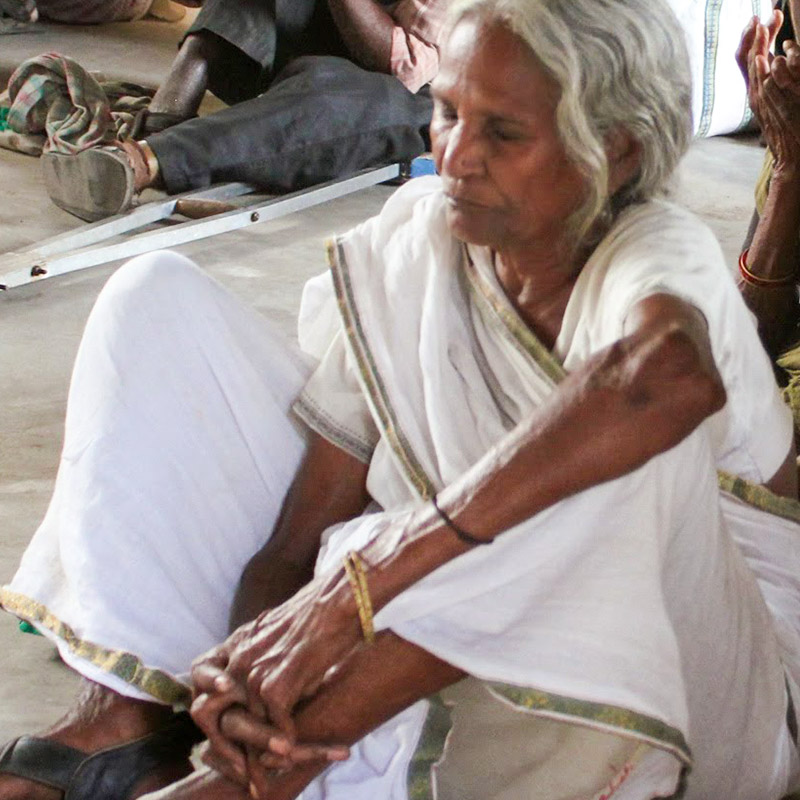
Where Does Leprosy Occur Nowadays?
Leprosy remains endemic in poorer parts of the world. Considering the impact of Leprosy it is not only the numbers of new cases being detected and treated that has to be taken into account. Many of those cured of the disease will have to live with the consequences of Leprosy. It is estimated that probably at least 3 million people are living with some permanent disability due to Leprosy, although the exact figure is unknown.
Global statistics show that 95% of new Leprosy cases were reported from 16 countries, and only 5% of new cases are from the rest of the world. Pockets of high occurrence still remain in some areas of many countries but a few of these are only mentioned as reference: Angola, Bangladesh, Brazil, China, Democratic Republic of Congo, Ethiopia, India, Indonesia, Madagascar, Mozambique, Myanmar, Nepal, Nigeria, Philippines, South Sudan, Sri Lanka, Sudan and the United Republic of Tanzania. India is reported as having the highest incidence of Leprosy – 58% of the quarter million new cases in 2012. 134,752 new cases were detected in 2012-13. On an average, every hour more than 15 new cases are diagnosed. (newindianexpress.com – “India Accounts for 58 Percent of World’s Leprosy Cases).
Leprosy research was given a great boost when the genome of Mycobacterium Leprae was decoded. This gives hope that more effective ways of managing the disease and its complications will be developed and that effective methods of prevention can be found. In the meantime, efforts are being made everywhere to change attitudes, so that Leprosy is seen as a disease like any other, treatable just as other diseases are.
The Treatment Of Leprosy
As a bacterial infection, Leprosy can be very effectively treated with certain antibiotics; the bacillus can be easily killed. If there has already been damage to the nerves, however, antibiotics alone will not restore function and other forms of treatment will be needed, including physiotherapy.
The first antibiotic to be widely used for Leprosy was Dapsone, from around 1950 onwards. Dapsone meant a major breakthrough for millions of patients, who, until then, had been considered incurable. However, many patients still had to take the medicine for life.
In 1981, when resistance to Dapsone was becoming widespread, the WHO introduced Multi-Drug Therapy (MDT) which consisted of two regimens: Rifampin and Dapsone for PB (Paucibacillary – five or fewer lesions with no bacteria from a sample skin smear) Leprosy; and Rifampin, Clofazimine and Dapsone for MB (Multibacillary – more than five lesions or bacteria present in skin smear sample, or both) Leprosy. MDT has been remarkably successful: there have been very few side effects associated with its use and over 13 million people have been cured of Leprosy following its introduction.
A useful and detailed review article of Leprosy Treatment is available. See ILEP.org.uk titled, “Learning Guide One”.